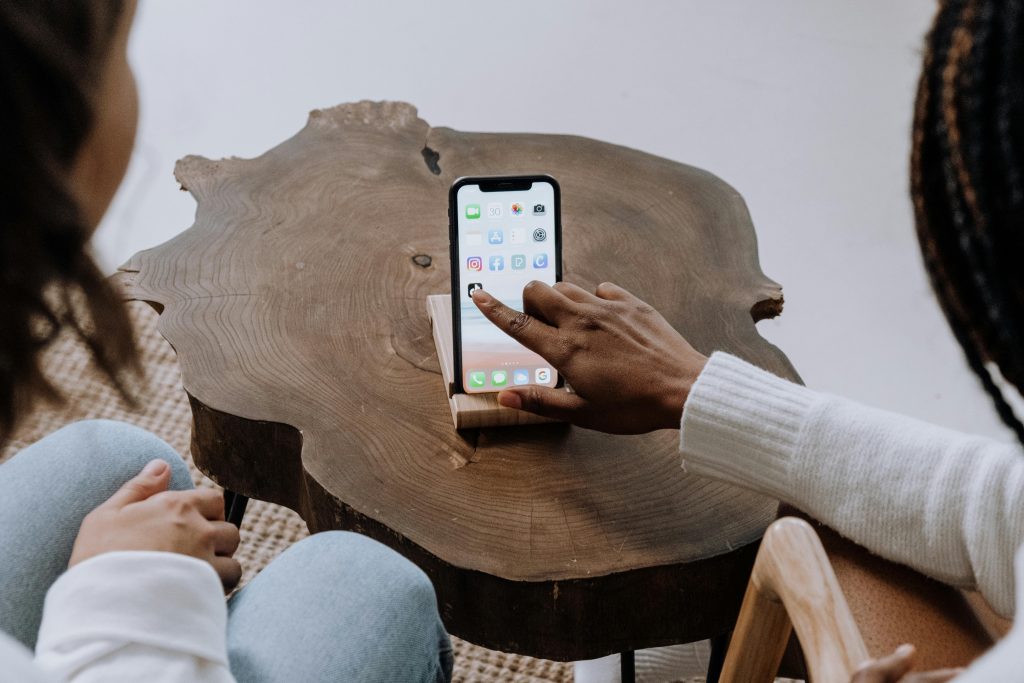Introduction
Running a B2B LinkedIn group can be a powerful way to build brand authority, nurture industry relationships, and generate qualified leads. But here’s the challenge: most LinkedIn groups fail. They become ghost towns filled with link dumps and one-sided promotions.
To build a thriving, valuable community, you need to do more than just post. You need to spark real, thoughtful conversations—the kind that keep professionals coming back because they actually learn, share, and connect.

In this guide, we’ll walk you through proven strategies to ignite meaningful discussions in your B2B LinkedIn group—and turn passive members into active participants.
Why Discussion-Driven Groups Succeed
Groups that foster genuine dialogue benefit from:
- Higher member retention
- Organic growth through peer invites
- Stronger brand trust and thought leadership
- Better visibility in the LinkedIn feed (algorithm boost)
A silent group won’t grow. A vibrant one becomes a magnet for industry insights and opportunity.
Step 1: Define a Clear Purpose for the Group
Before you can prompt meaningful discussions, members need to know why the group exists.
Ask:
- Who is this group for?
- What problems are we helping solve?
- What topics should (and shouldn’t) be discussed?
Make your group description specific, benefit-driven, and tightly focused.
Example:
“This group is for B2B marketers working in SaaS who want to exchange proven tactics for pipeline growth, content marketing, and customer retention.”
Step 2: Seed the Group with Strategic Members
If your group is new or inactive, bring in your most engaged connections first—those who are:
- Active LinkedIn users
- Already commenting on posts
- Likely to share or respond to prompts
Avoid random invites. Curate early members who can model the behavior you want from the rest.
Step 3: Use Conversation Starters, Not Broadcasts
One of the biggest mistakes in B2B groups is posting like a feed. Links, blog posts, or event promos aren’t enough. Instead, start conversations with open-ended prompts.

Post types that spark responses:
- Polls with context (follow up with analysis in the comments)
- Industry hot takes (“Is X trend overrated?”)
- Scenario questions (“You have $5K and 5 days to generate leads—what do you do?”)
- “One mistake you’d never repeat again…”
- “Finish this sentence…”
- Weekly themes (e.g., Tactic Tuesdays, Question Fridays)
Tip: End every post with a clear, concise question. Invite members to share their experience or perspective.
Step 4: Highlight and Tag Members Thoughtfully
People are more likely to engage when they feel seen, valued, or challenged.
How to do this:
- Tag members who recently posted something relevant
- Ask a few trusted members to give the first reply (privately)
- Highlight top contributors in a weekly “member spotlight”
- Quote someone’s comment and ask others to build on it
Make it about the conversation, not the promotion.
Step 5: Moderate for Value, Not Volume
Set and enforce group rules to keep discussions on-topic and value-driven.
Suggested guidelines:
- No link drops without context
- No direct sales messages
- Encourage actionable insights, not generic comments
- Respectful disagreement is welcome—personal attacks are not
Assign at least one active moderator who can:
- Welcome new members
- Remove spam
- Nudge silent posts into lively ones
Step 6: Mix Peer Questions with Expert Input
Too much peer-to-peer content can lack depth. Too much expert content can feel top-down.

The best groups blend both:
- Post a tactical question (peer)
- Share a framework or trend (expert)
- Host a monthly mini-AMA with an industry leader
- Highlight a debate between two differing views
Balance accessibility and authority. Let the group be smarter than any one member.
Step 7: Follow Up on Conversations
Don’t just post and leave. Show up in the comments.
What to do:
- Respond to every early comment with a follow-up question
- Summarize the thread after 24–48 hours and tag new voices
- Turn strong comments into future prompts
- Link members to related discussions inside the group
This keeps the momentum going and makes contributors feel heard.
Step 8: Spotlight Group-Generated Content
Showcase discussions that came from the group, not just from you.
- Create a monthly “Top Insights” post
- Feature standout comments as LinkedIn posts (with credit)
- Invite members to co-host events or create content with you
- Use group feedback to inform your blog, newsletter, or product roadmap
Tip: When members see their input valued, they’re more likely to return and contribute.
Step 9: Promote the Group Outside of LinkedIn
Don’t rely solely on LinkedIn’s algorithm to grow your group.

Promote your group through:
- Company newsletters
- CTAs in blog posts or podcasts
- Email signatures
- Speaking engagements or webinars
- Collaborations with adjacent industry groups
When people join with context, they’re more likely to engage meaningfully.
Conclusion
Creating a LinkedIn group that thrives isn’t about volume—it’s about valuable conversations. By defining a clear purpose, inviting the right members, and consistently facilitating thoughtful discussions, you can turn a quiet space into a high-value, B2B engagement hub.
The best groups don’t just share content—they shape perspectives, encourage connection, and drive real business outcomes.
